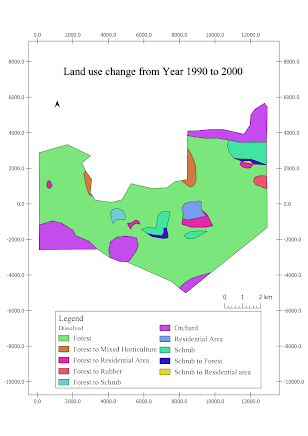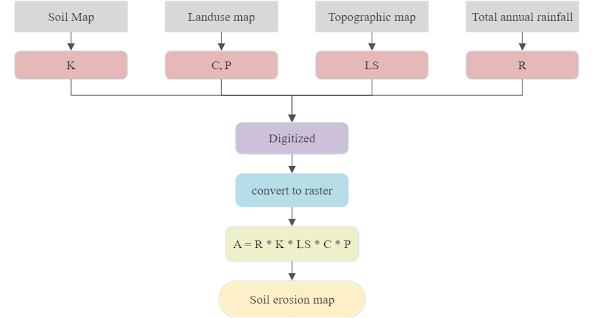A Short Introduction to GIS
What is GIS?
GIS stands for Geographic Information Systems.
This system utilises technology to show information about locations on the earth's surface.
Examples of Geographic Information Technologies:
- Global Positioning Systems (GPS)
- It is a satellite-based navigation system that provides location and time information anywhere on or near the Earth.
- It has numerous applications such as navigation, surveying, mapping, and tracking, among others.
- Remote Sensing (RS)
- It is the process of collecting and interpreting information about the environment and the Earth's surface using sensors that are not in direct physical contact with the object or area being studied.
- Geographic Information Systems (GISy)
- It is a computer program that is used to collect, store, manage, analyze, and display geographically-referenced data.
GIS Application Sector:
- Local Government
- Business, Real Estate and Marketing
- Public safety, Military and Defense
- Natural Resource Exploration
- Civil Engineering / Utility
- Transportation
- Public Health and Epidemiology (Heath Care)
- Geospatial Industry
- Scientific Research
- Environmental Sciences
- Education Administration
- Political Science
- Urban Planning, Management and Policy




Comments
Post a Comment